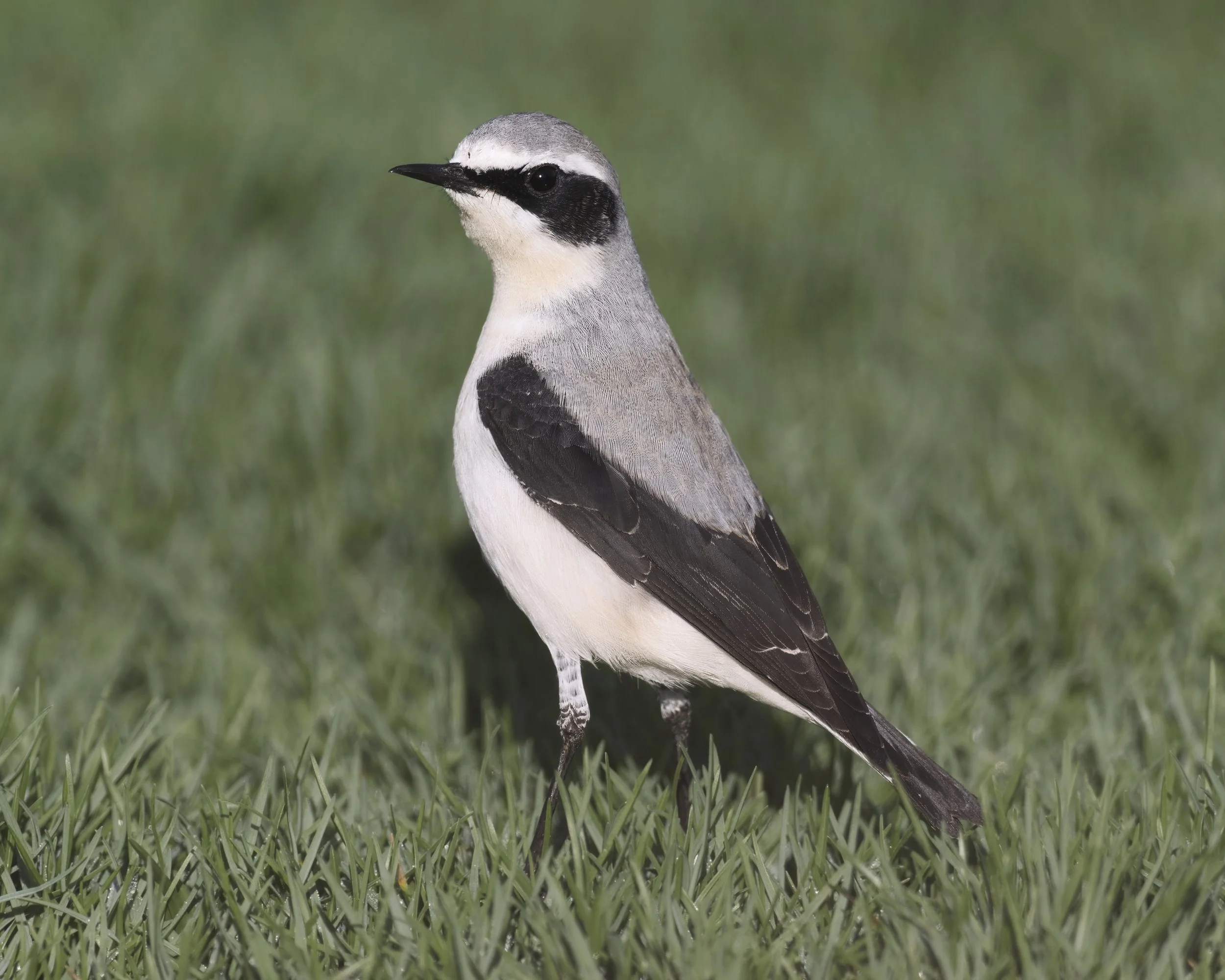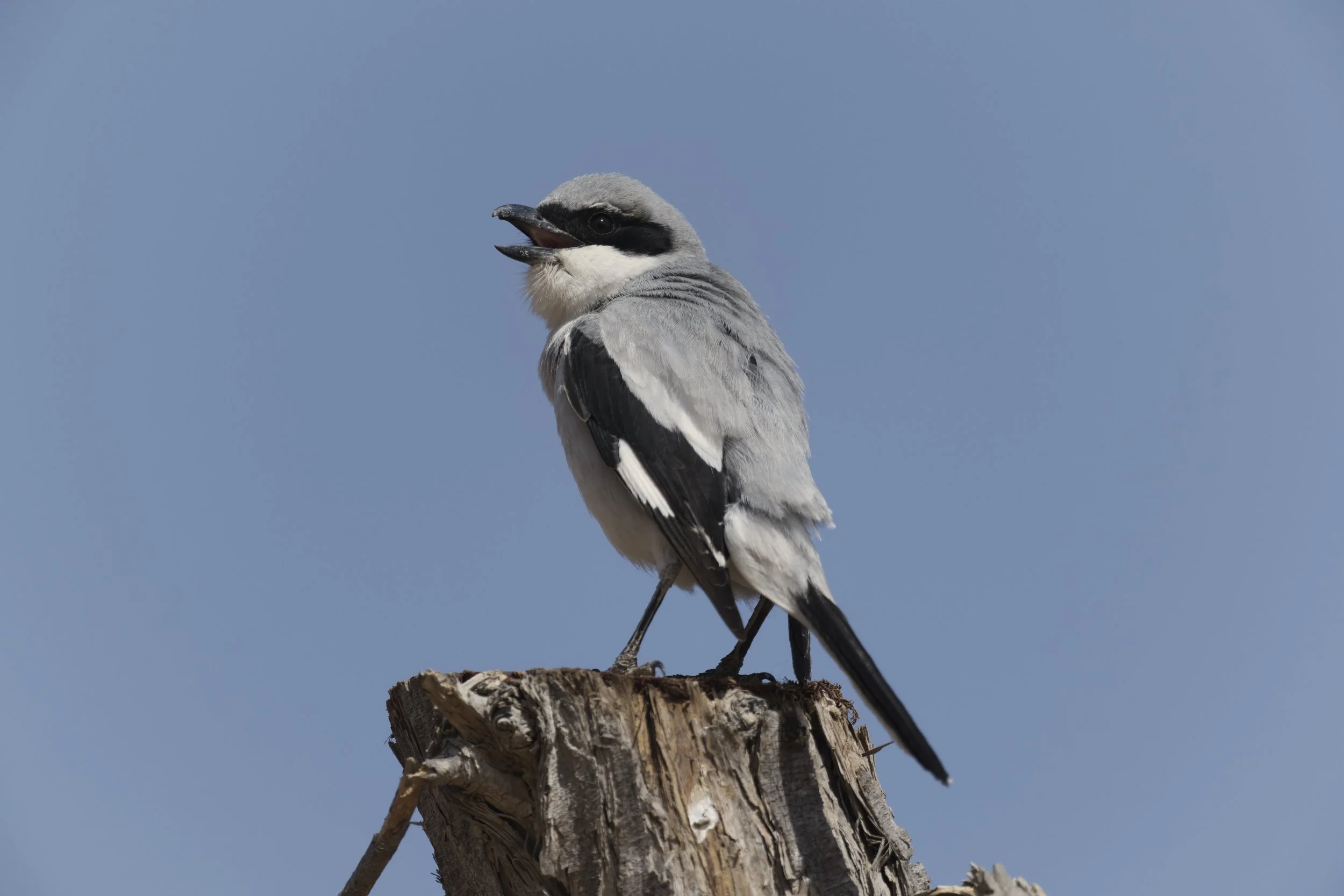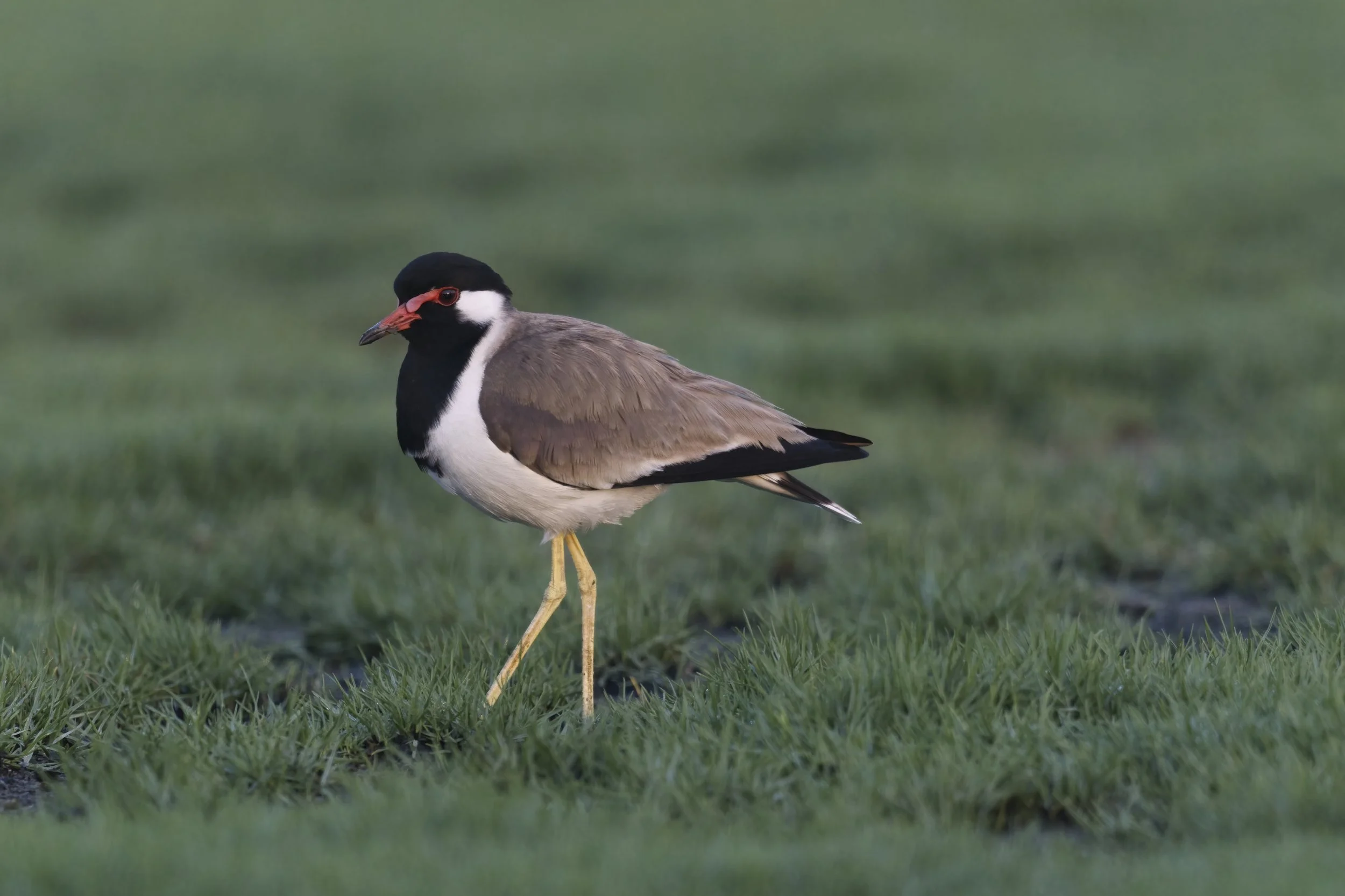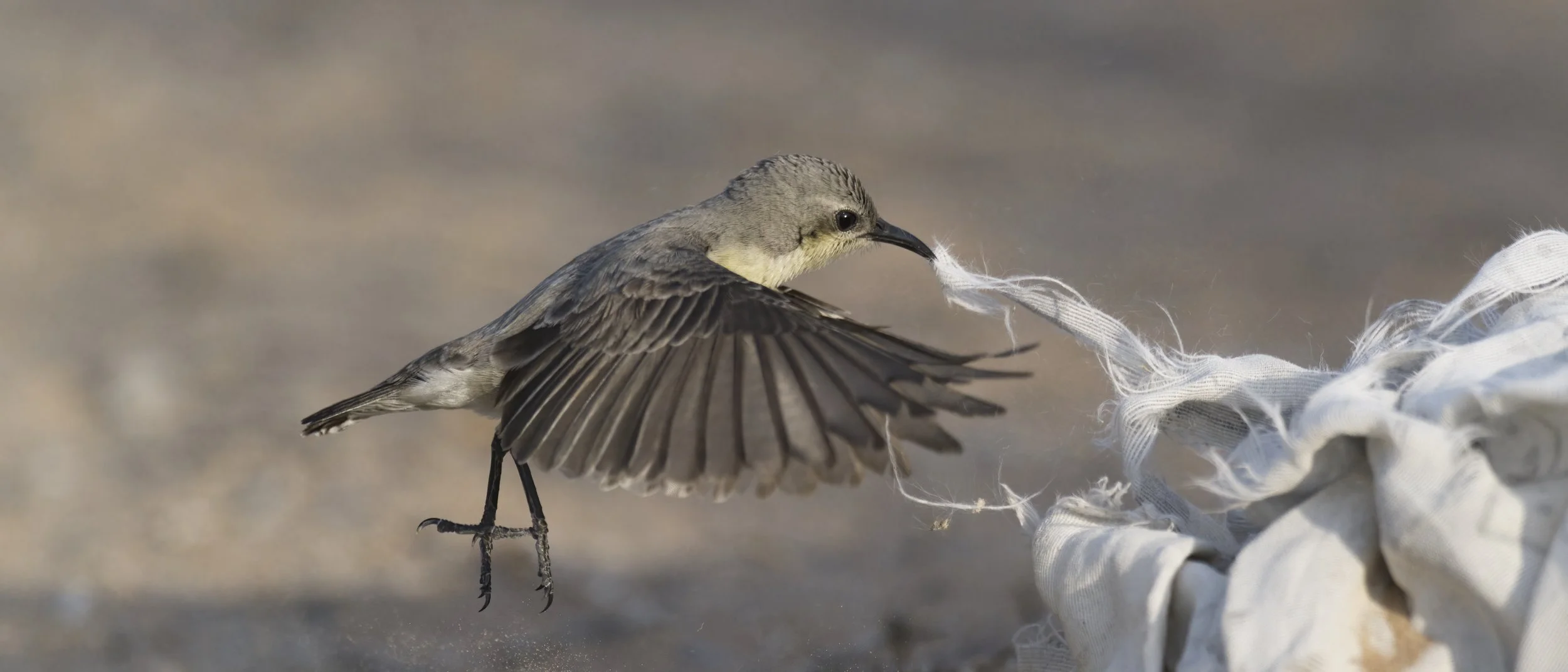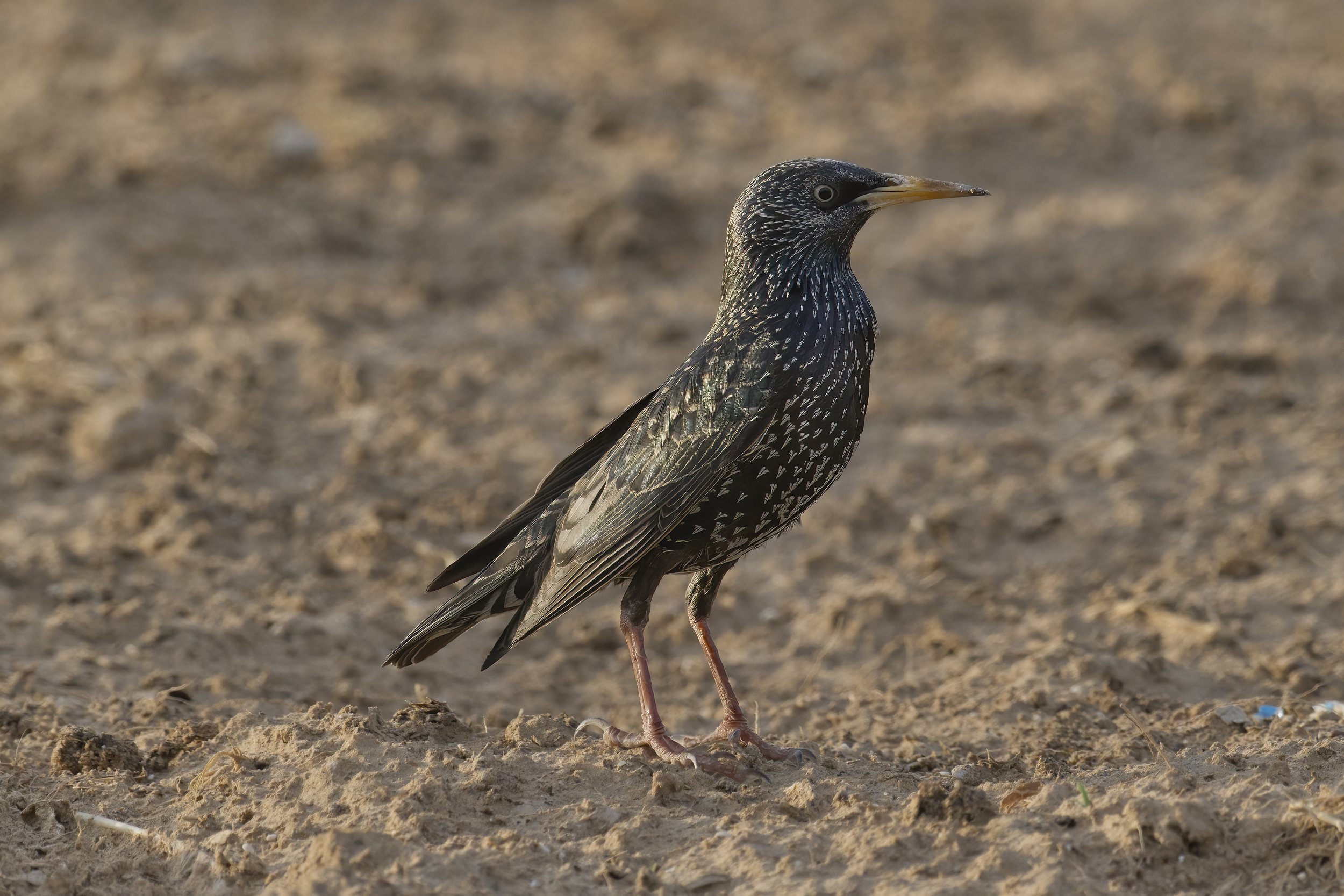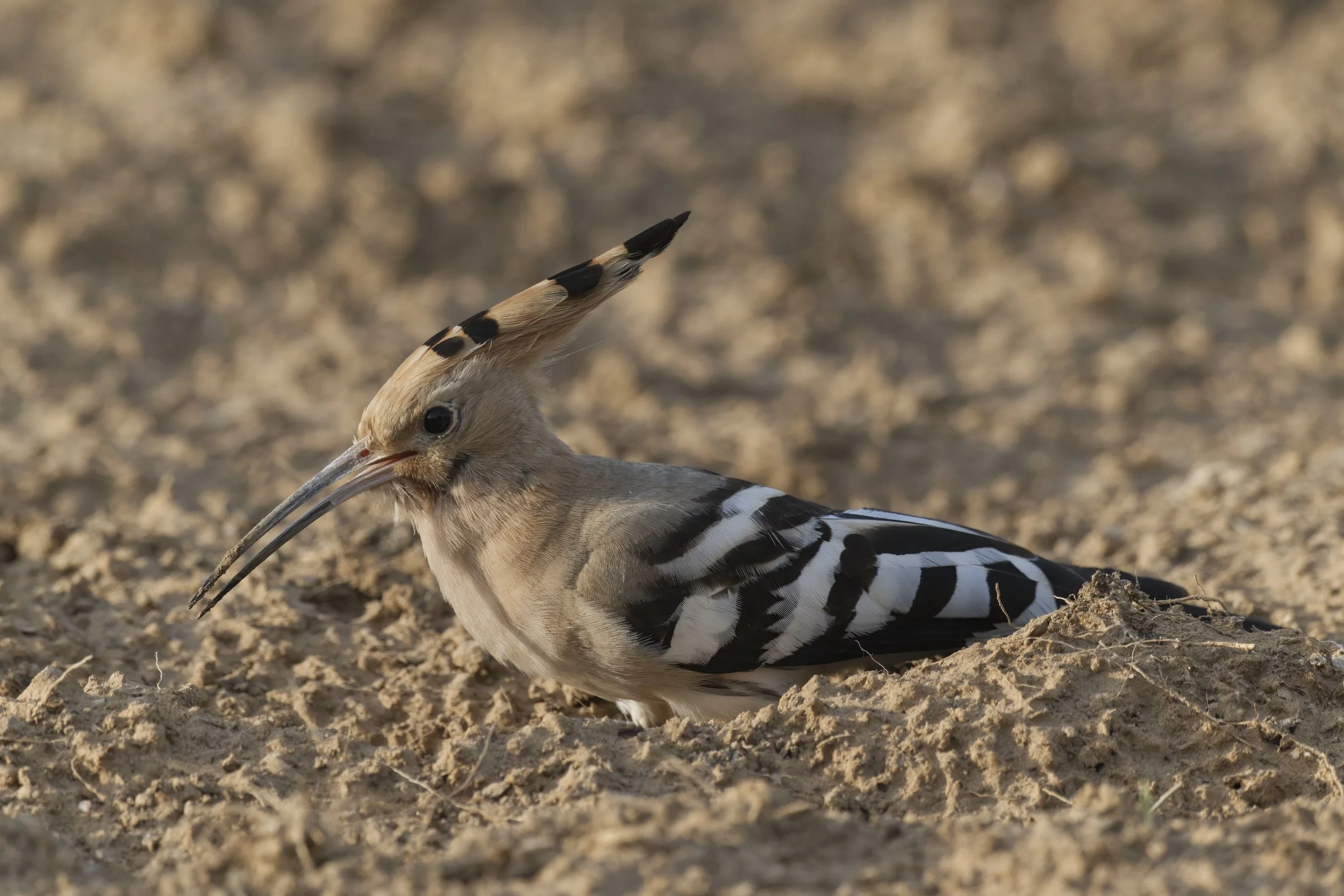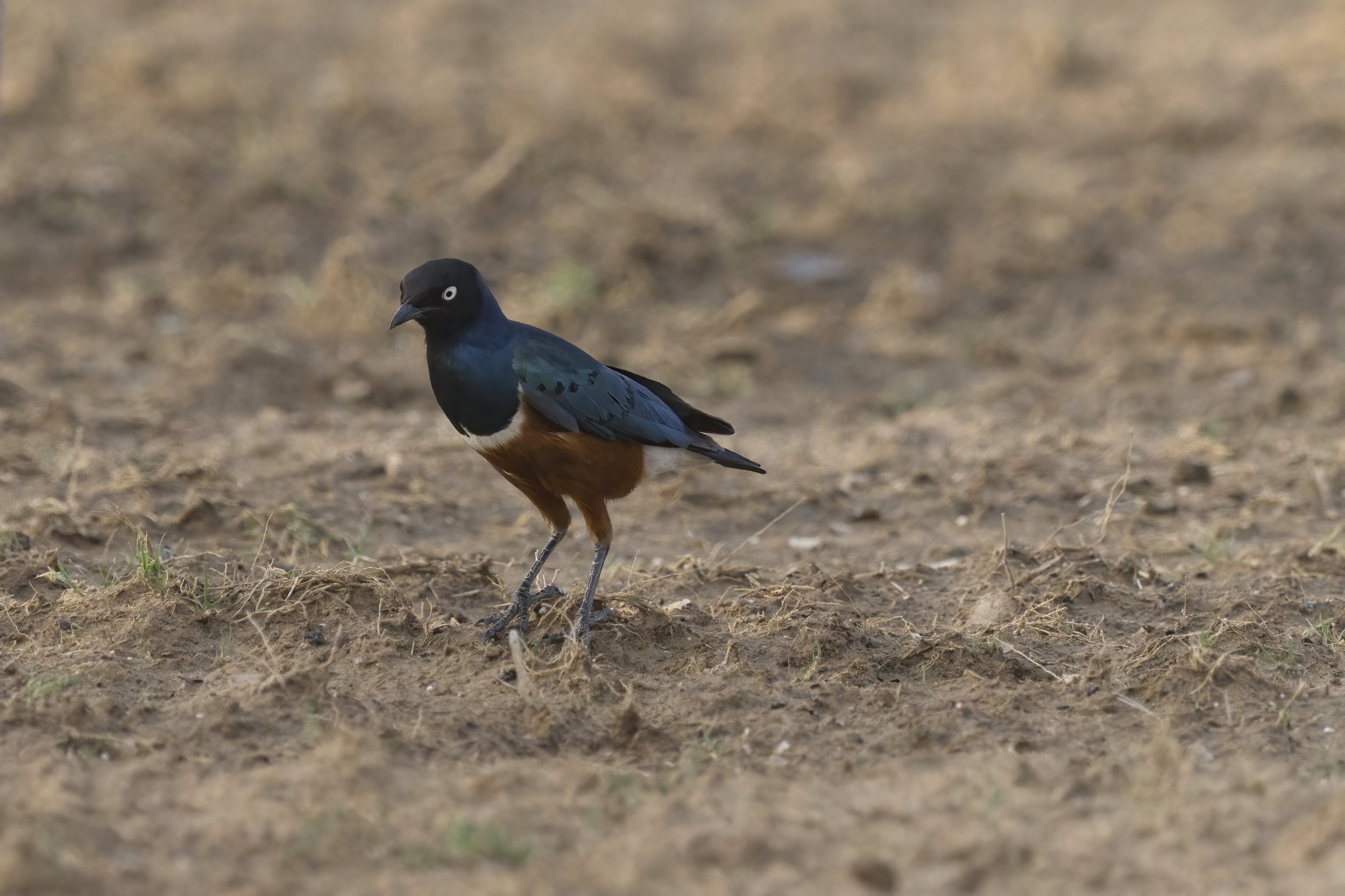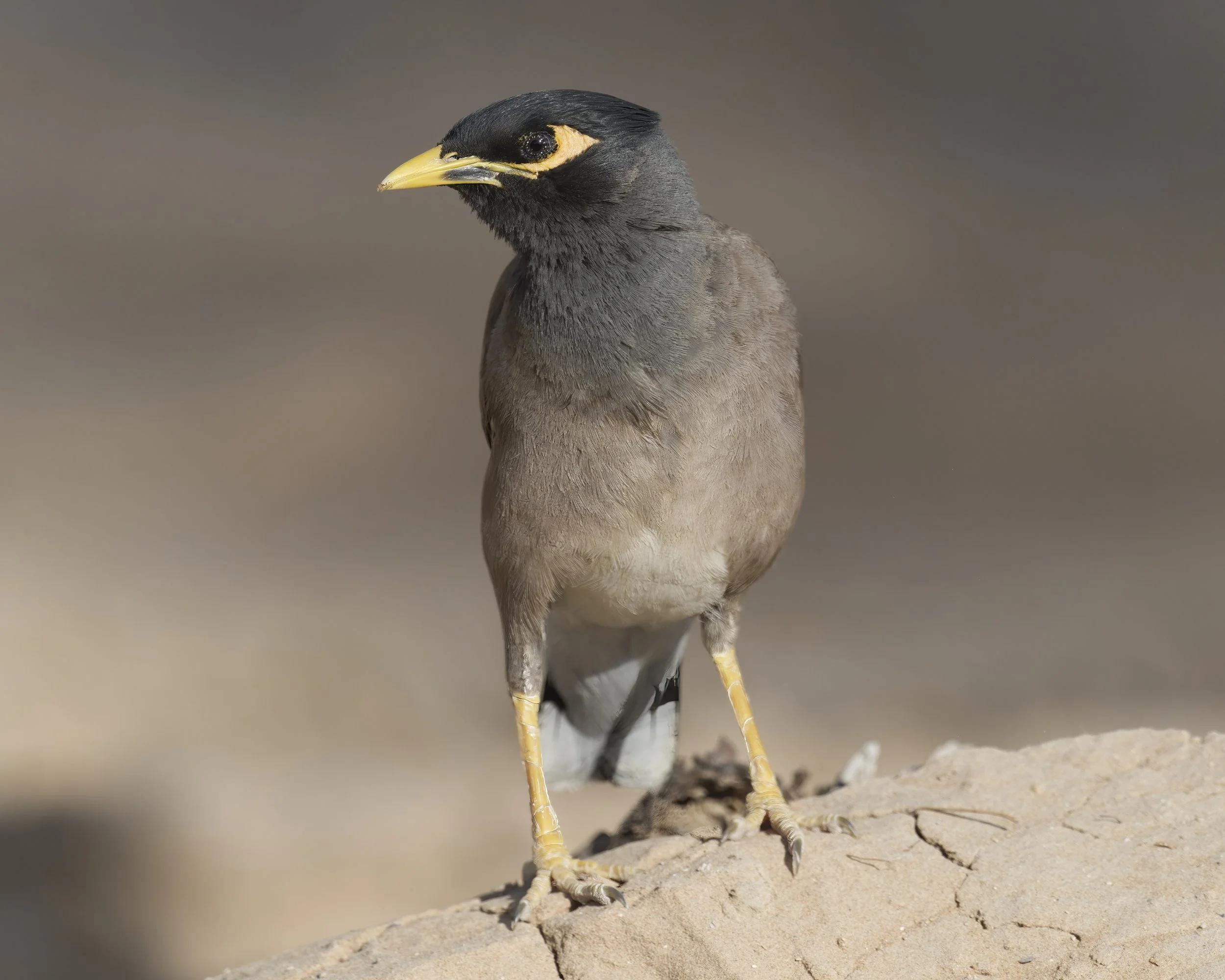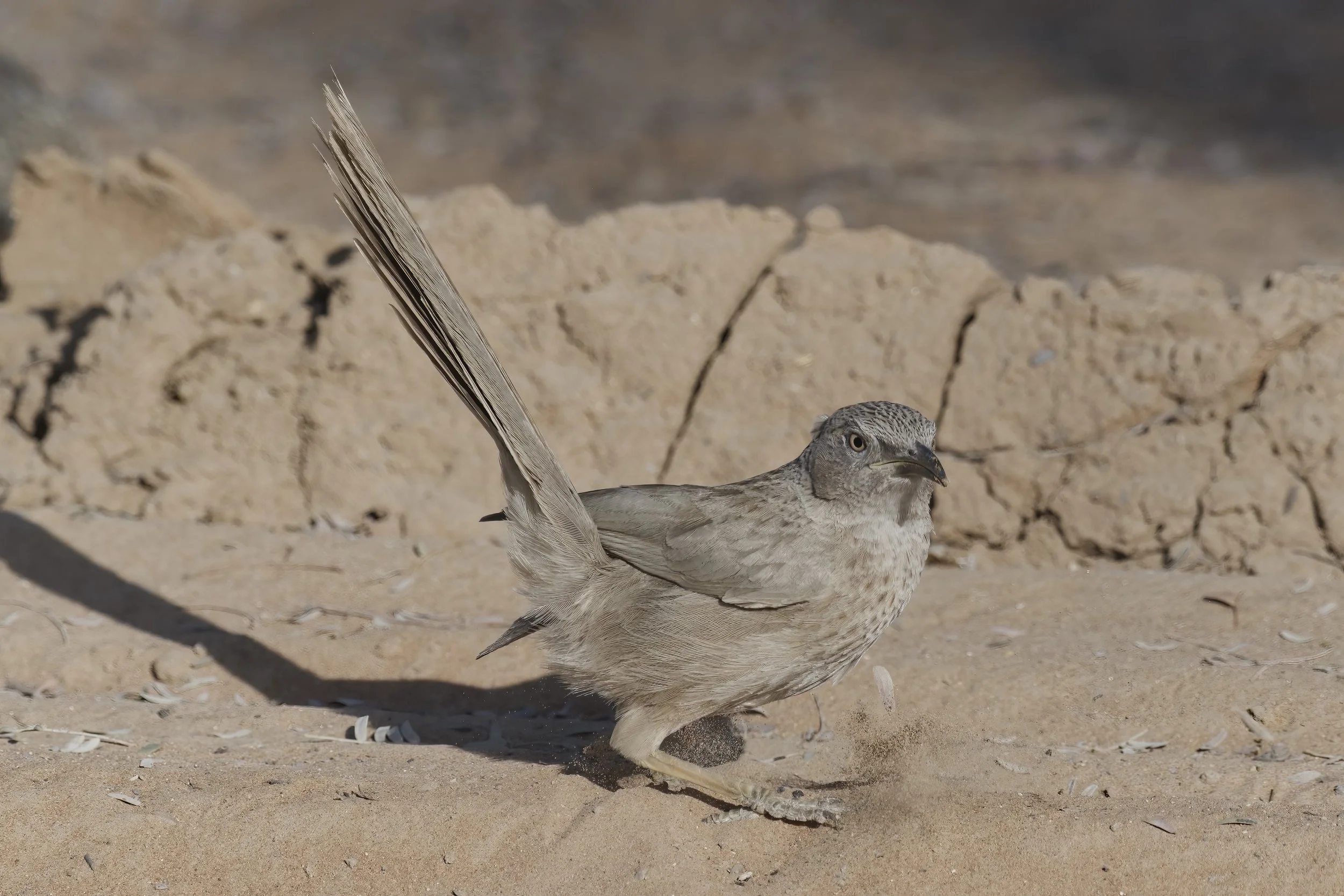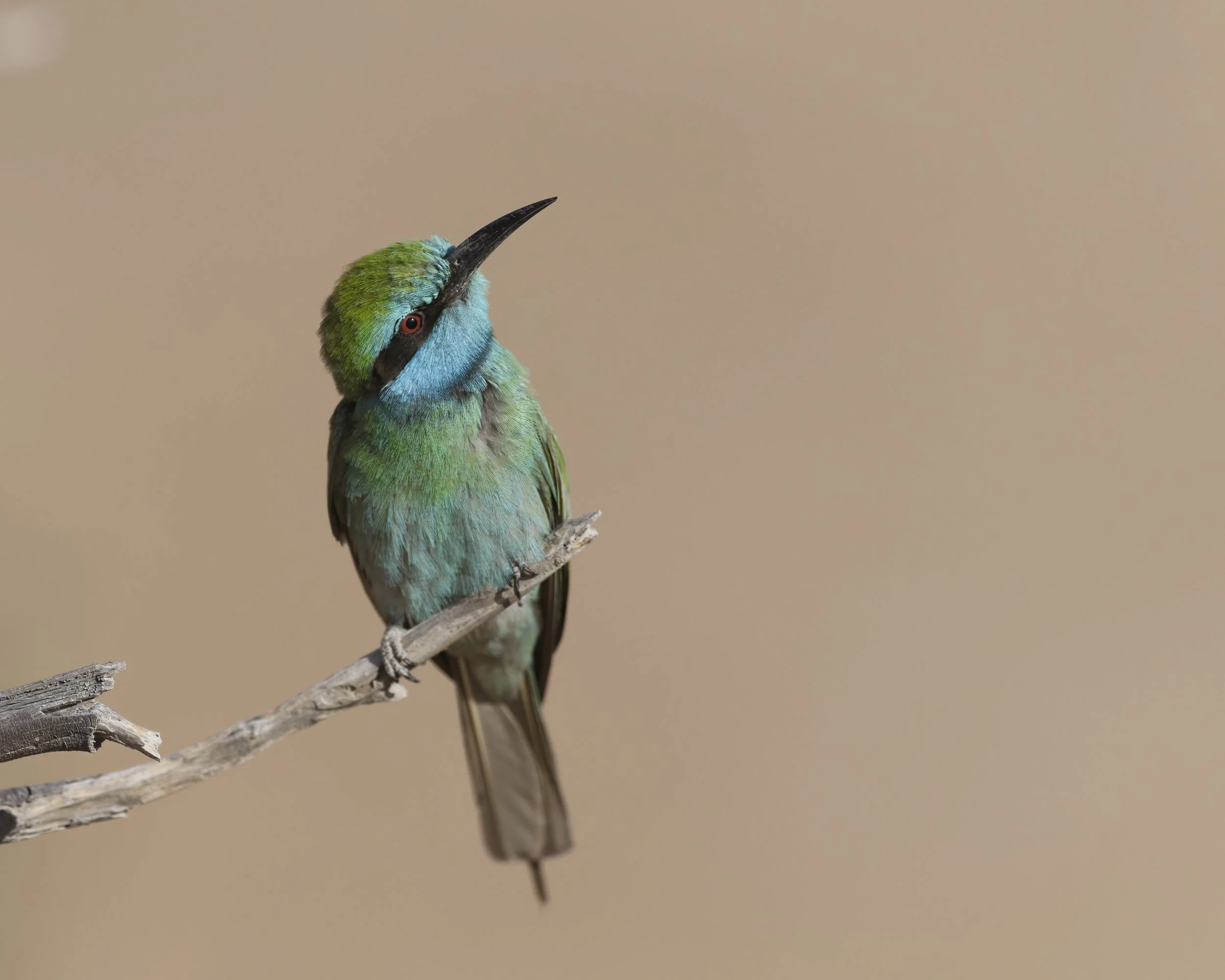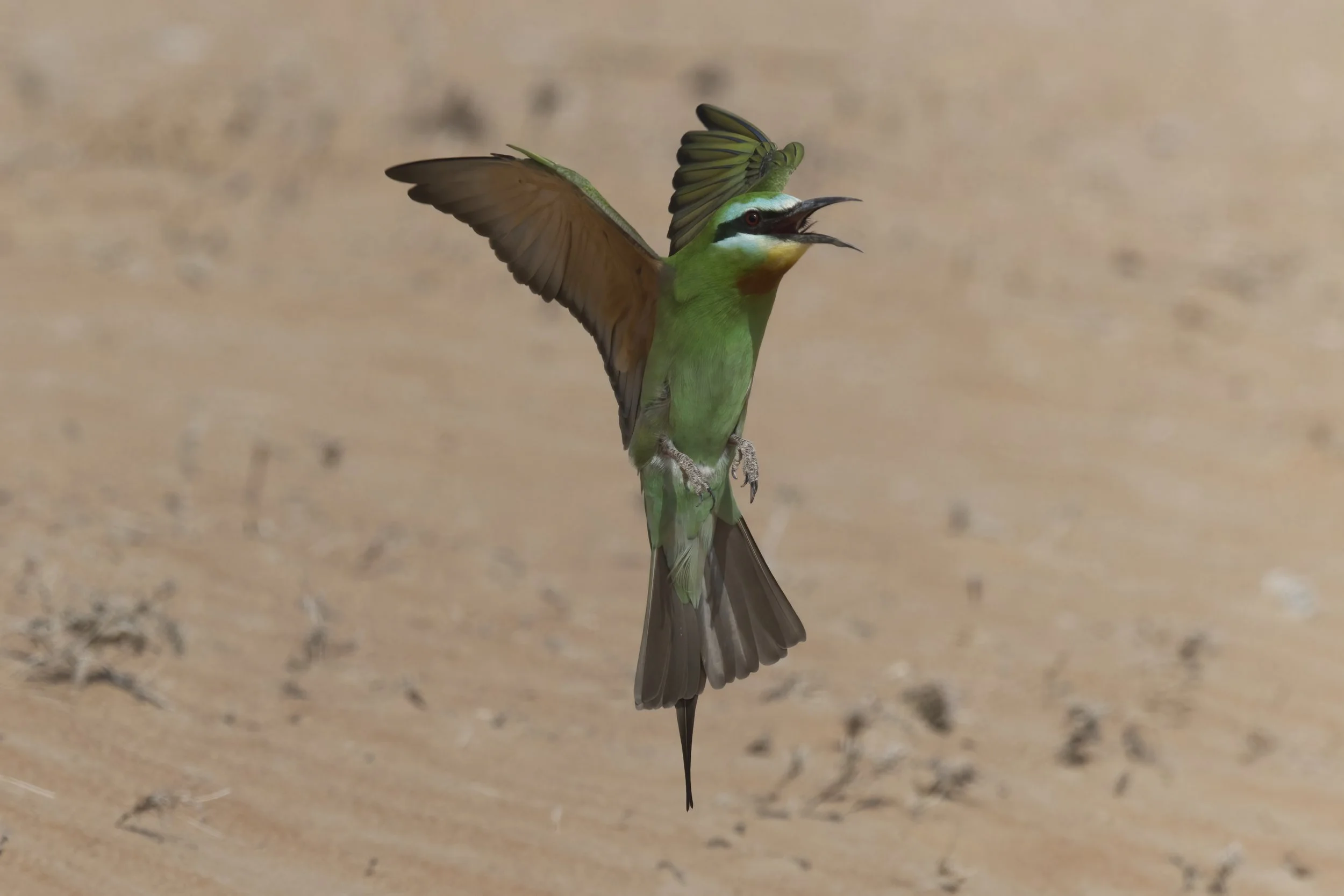Al Mazrae - RAK - United Arab Emirates
Red-throated Pipit (Anthus cervinus)
Indian Roller (Coracias benghalensis)
Northern Wheatear (Oenanthe oenanthe)
Great Grey Shrike (Lanius excubitor)
Red-wattled Lapwing (Vanellus indicus)
Purple Sunbird (Cinnyris asiaticus)
Common Starling (Sturnus vulgaris)
Eurasian Hoopoe (Upupa epops)
Red-tailed Shrike (Lanius phoenicuroides)
Superb Starling (Lamprotornis superbus)
Common Myna (Acridotheres tristis)
Little Ringed Plover (Charadrius dubius)
Arabian Babbler (Argya squamiceps)
Blue-cheeked Bee-eater (Merops persicus)
Blue-cheeked Bee-eater (Merops persicus)
Al Mazrae, Ras Al Khaimah, is emerging as a promising birdwatching destination, with a diverse habitat that includes farmland, open fields, and possibly wetlands or plantations. These landscapes make it an attractive stopover for various resident and migratory bird species.
Birdwatching Potential in Al Mazrae, RAK
Among the resident species, birds such as the White-eared Bulbul, Indian Roller, Eurasian Collared Dove, and Green Bee-eater can be commonly found. The area also plays a key role during migration seasons, attracting species like the Red-throated Pipit, Yellow Wagtail, Bluethroat, Shrikes, and Wheatears. Raptors such as the Common Kestrel, Steppe Eagle (seasonal), and Pallid Harrier may also be seen soaring above, especially during peak migration. If water sources are present, wetland-associated birds like Cattle Egrets, Black-winged Stilts, and Glossy Ibises could be part of the landscape as well.
Extra Sightings in Al Mazrae
Recent observations confirm the presence of key migratory species, such as the Blue-cheeked Bee-eater (Merops persicus), a vibrant aerial hunter seen catching insects in flight; the Northern Wheatear (Oenanthe oenanthe), a passage migrant that prefers rocky terrain and open fields; and the Collared Pratincole (Glareola pratincola), a wader with swift, agile flight, often found near wetlands or cultivated areas. These sightings reinforce the area's significance as a migration stopover, particularly for species that thrive in open landscapes and farmland.
Best Time to Visit
The peak birdwatching season in Al Mazrae is between October and March, when migratory activity is at its highest and between March and May during the breeding season. The early morning and late afternoon are the best times for both bird activity and optimal lighting conditions for photography.
With its rich bird diversity and strategic location, Al Mazrae is an excellent site for birdwatchers and photographers. If further exploration confirms the presence of additional water sources, the site could become even more valuable for wetland birds and waders. It may be worth documenting this as a notable birding hotspot in the UAE, providing valuable insights for birding enthusiasts in the region.




